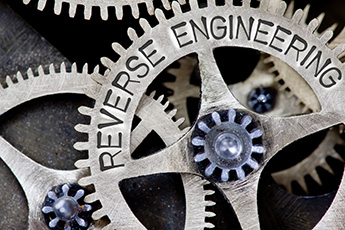There are an estimated 7.7B people in the world today, so given the reach of the internet that is good news for community banks, no matter where you may operate.
Perhaps closer to home though, there may be an opportunity in gaining and retaining college-educated staff. Consider that there are more women in America than men, and women as a group are now more highly educated than men. However, companies still find it more difficult to retain women in long-term and senior positions than they do their male counterparts. When it comes to attracting and retaining qualified women, the findings from recent surveys may shed some light.
According to recent research from Pew Research, based on data from the US Bureau of Labor Statistics, Q1 2019 marked the first time that women in the labor force represent more than half of the college-educated workforce (50.3% to be exact). There are 29.5mm women holding a minimum of a bachelor's degree, compared with 29.3mm men. Nonetheless, women still comprise a significantly lower portion of companies' senior management and tend to leave the workforce at a much higher rate.
While many companies are making efforts to provide employees with greater flexibility to change this--such as the ability to work from home or varied hours on a day-to-day basis-- the business world still tends to be unfriendly at times.
To counteract this issue, there are steps that financial institutions can take. Know exactly what women are looking for from their employers, as well as what will keep them happy in the long term.
InHerSight found that the four biggest things that attract women to specific employers are paid time off, such as personal, sick and vacation days; compensation satisfaction, in the form of merit-based raises, bonuses and cost of living increases; professional and respectful coworkers; and flexibility in the hours they work. Make sure that you are emphasizing these things when advertising job openings and consider introducing more flexibility into various management roles.
Not surprisingly, the things that keep women in jobs and provide them with job satisfaction are not much different than the list above. InHersight found that the four biggest factors that lead to job satisfaction for women are: likeable coworkers; the responsiveness of employers regarding issues such as discrimination and sexual harassment; a company's approach to equality when it comes to providing women with the same opportunities for advancement as men, as well as incentive programs and salary increases; and satisfactory salaries.
While the inclusion of sexual harassment awareness and intolerance may be surprising to see in the list of things that keep women in jobs over the long term, there is good reason. Sexual harassment actually spurs many women to leave the work world, with 46% of women who are the victim of such harassment leaving their job or careers behind, according to a poll from Marketplace-Edison. It is worth remembering this is an important area to monitor to maintain qualified employees.




